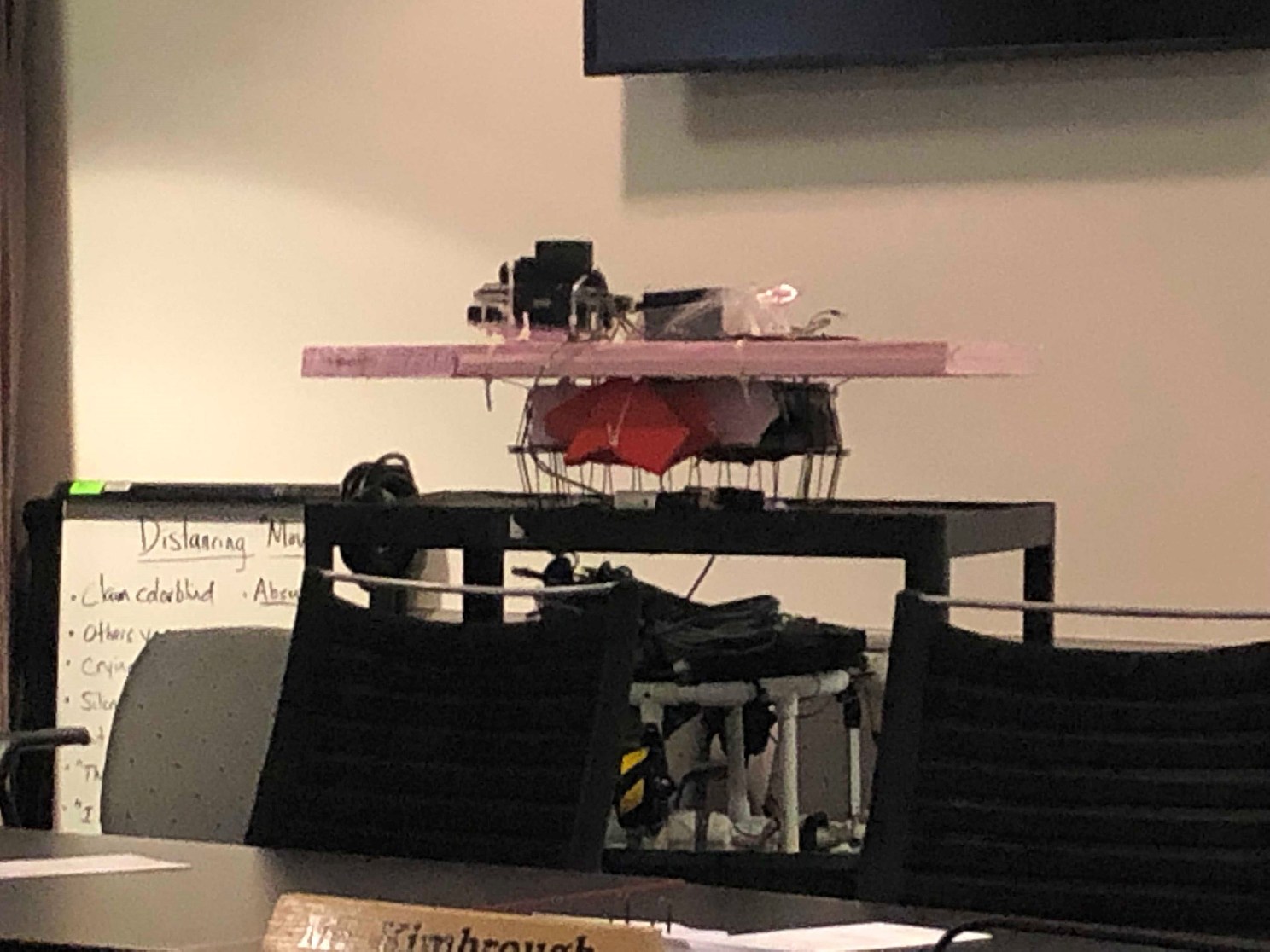Harvard welcomes Cambridge high school students into labs

Autonomous controlled vehicle created by a CRLS student during an internship at SEAS./Courtesy of HPAC
Thirteen Cambridge Rindge and Latin (CRLS) students participating in the school’s Science Internship Program, presented their semester’s end projects recently to an audience of their peers, teachers, parents, and university professors and staff at Harvard University.
Every spring semester, the high school juniors and seniors take part in internships in labs across Harvard and throughout the region. The program is just one of many partnerships between Harvard and CRLS. CRLS has similar partnerships with other local universities and organizations, including Tufts University, Boston University, and the New England Aquarium.
The presentations were opportunities for the students to show off, explain, and defend what they’d worked on throughout the semester.
“The hope — the goal — is that this experience will set our students up to hit the ground running when they to get college,” explained Paul McGuinness, a marine biology teacher at CRLS, and one of the founders of the Marine Biology Internship Program. “They’ll be able to go to any professor and say, ‘this is the project I did in high school. I’m ready for research in your lab.’ We want to push these students into those kinds of opportunities at the next level.”
This year, students’ projects expanded beyond traditional marine science to include engineering projects as well. Many of the students worked in labs at Harvard’s John A. Paulson School of Engineering and Applied Sciences (SEAS).
“The opportunity for our students to work in a real research setting is potentially life changing for them. One student told me she thought she was really interested in biology and medicine, and never thought of herself as an engineer or chemist. Now, her internship work has made her think about those as potential career options! We want more students to have the chance to really see themselves in the role of scientists and engineers, and this program can make that happen,” said Barbara Dorritie, a CRL science teacher and science & engineering academic research internship coordinator.
Tamara Campillo Lazcurain interned at the New England Aquarium and helped to determine how effective the Aquarium’s educational programs on climate change have been. Campillo Lazcurain said the internship taught her “not only about the science behind my specific project, but how to present results, answer questions, and think through problems and challenges.”
Martin Kalere, who researched Thompson Island in Boston Harbor and studied under Professor Duncan Fitzgerald at Boston University, said he was fascinated to learn about the potential future implications of what he was studying and about “why [his] research mattered.”
Learning about erosion and tidal changes was meaningful, he said, because “knowing about the past can help us know about the future.”
Max Katz-Christy worked with Robert Howe of SEAS on a project that bridged both engineering and marine science, two of his passions. He created an autonomous controlled vehicle that used light detection to map its surroundings. “It’s much easier to send robots down to explore the deep sea than people,” he explained.




